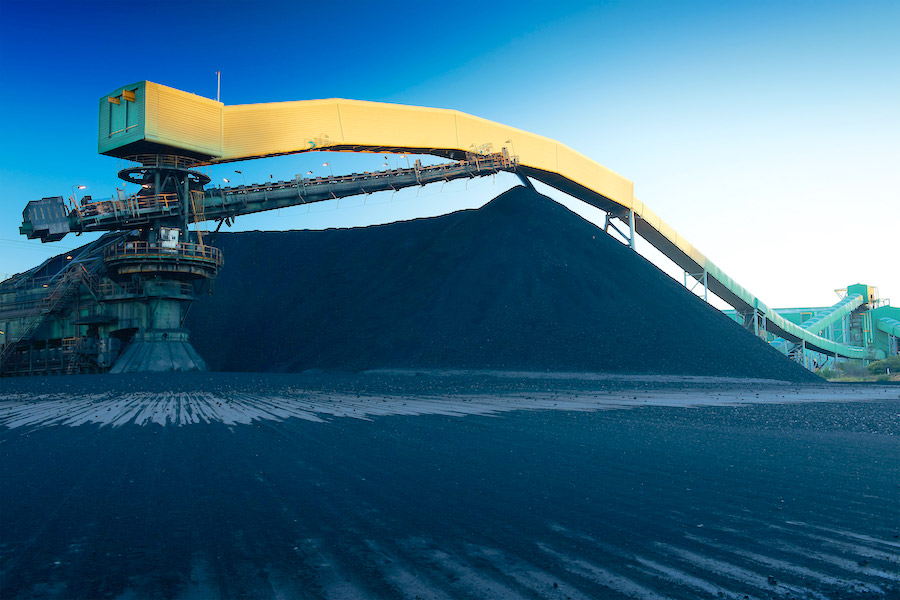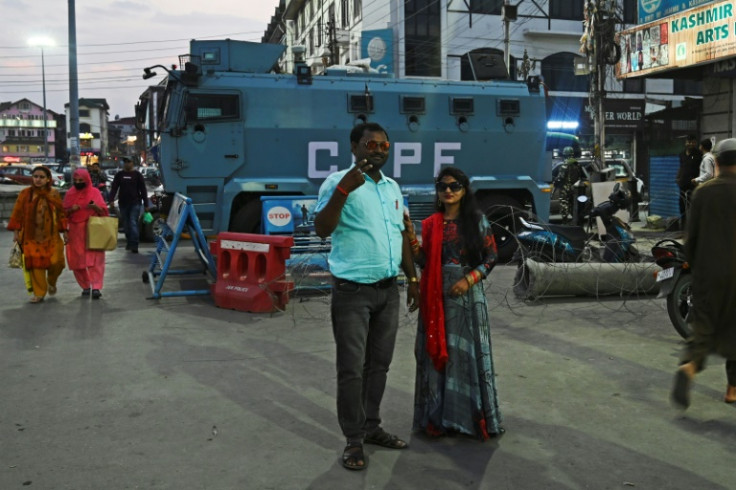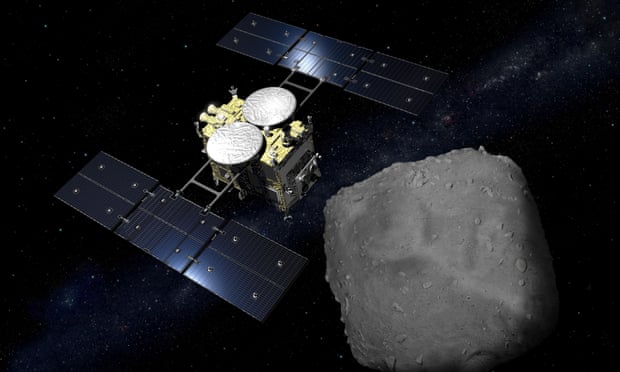Understanding the dynamics of workplace violence can improve employee health and safety
IMAGE: KATHERINE (KATY) DECELLES IS A PROFESSOR OF ORGANIZATIONAL BEHAVIOR AT THE UNIVERSITY OF TORONTO'S ROTMAN SCHOOL OF MANAGEMENT AND CROSS-APPOINTED TO THE CENTRE FOR CRIMINOLOGY AND SOCIOLEGAL STUDIES AT THE UNIVERSITY OF TORONTO. SHE ALSO HOLDS THE SECRETARY OF STATE PROFESSORSHIP IN ORGANIZATIONAL EFFECTIVENESS. KATY’S RESEARCH IS ON UNDERSTANDING THE MICRO-MECHANISMS INVOLVED IN CONFLICT, EMOTION, MORALITY, INEQUALITY, AGGRESSION, CRIME, AND CRIMINAL JUSTICE ORGANIZATIONS. HER RESEARCH HAS BEEN HIGHLIGHTED IN OUTLETS SUCH AS THE SMITHSONIAN MAGAZINE, SCIENCE MAGAZINE, BBC, CNN, AND THE NEW YORK TIMES. HER RESEARCH HAS RECEIVED AWARDS FROM THE ACADEMY OF MANAGEMENT AND AMERICAN SOCIOLOGICAL ASSOCIATION, AND SHE HAS BEEN RECOGNIZED FOR HER MBA TEACHING BY POETS & QUANTS (2018). view more
CREDIT: ROTMAN SCHOOL OF MANAGEMENT
Toronto – Workplace violence is a pervasive problem with tremendous costs for individuals, organizations, and society. A new study published this week in the Proceedings of the National Academy of Sciences (PNAS) focuses on convenience-store robberies, one of the most common forms of workplace violence, and finds that robbers are significantly more likely to injure employees who are present on the sales floor rather than behind the cash register when a robbery begins. But industry standard safety training practices encourage employees to get out from behind the register for their safety.
“Unlike past studies, we used video of convenience-store robberies to examine why and when injuries during robberies occur,” says co-author Katherine DeCelles, a professor of organizational behavioural and human resource management at the University of Toronto’s Rotman School of Management, who hold a cross-appointment to the University’s Centre for Criminology and Sociolegal Studies. “We suggest that an understanding of the interactive dynamics of workplace violence and emphasize the critical need to verify that common practices for organizations are evidence based for employee health and safety.”
Prof. DeCelles and her colleagues first examined 196 surveillance videos and archival data of convenience store robberies collected over a four-year period. The results showed a significant correlation between employee location at the beginning of the robbery and injury, with lower risk of injury if employees were behind the register when the robbery began than if they were on the sales floor. Follow-up studies involving 648 people, including both formerly incarcerated individuals and retail clerks, found that when presented with robbery onset scenarios, more than 81% of participants expected employees to be behind the register and anticipated significantly more violence during the robbery if the employee was on the sales floor rather than behind the register. Finally, the authors conducted a three-year longitudinal field study with revised safety protocols that provided a behavioral script to follow in case of a robbery while employees are on the sales floor. The authors found, in an additional 368 robberies, a significantly lower risk of injury when employees were on the sales floor as the robbery began following the protocol change, relative to before the intervention.
“This understanding of the dynamics of workplace violence and how to mitigate it is relevant for any retail organization and for developing effective policies which promote employee health and safety,” says Prof. DeCelles.
The research was co-authored with Maryam Kouchaki of Northwestern University’s Kellogg School of Management and Nir Halevy of Stanford University’s Graduate School of Business.
Bringing together high-impact faculty research and thought leadership on one searchable platform, the new Rotman Insights Hub offers articles, podcasts, opinions, books and videos representing the latest in management thinking and providing insights into the key issues facing business and society. Visit www.rotman.utoronto.ca/insightshub.
The Rotman School of Management is part of the University of Toronto, a global centre of research and teaching excellence at the heart of Canada’s commercial capital. Rotman is a catalyst for transformative learning, insights and public engagement, bringing together diverse views and initiatives around a defining purpose: to create value for business and society. For more information, visit www.rotman.utoronto.ca
-30-
For more information:
Ken McGuffin
Manager, Media Relations
Rotman School of Management
University of Toronto
E-mail:mcguffin@rotman.utoronto.ca
JOURNAL
Proceedings of the National Academy of Sciences
METHOD OF RESEARCH
Experimental study
SUBJECT OF RESEARCH
People
ARTICLE TITLE
Unexpected employee location is associated with injury during robberies
ARTICLE PUBLICATION DATE
19-Sep-2022
























